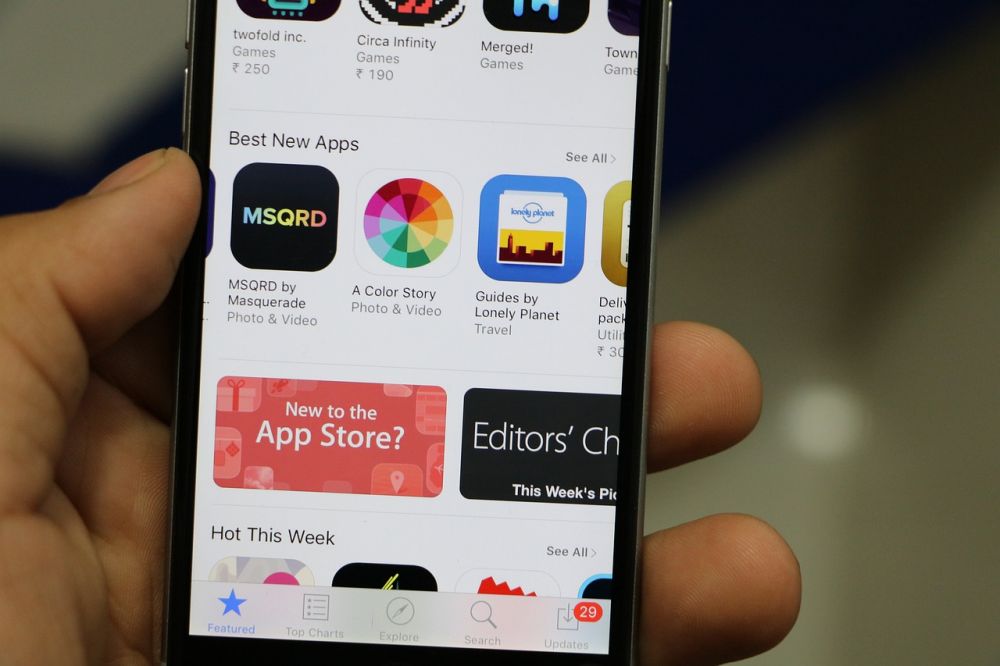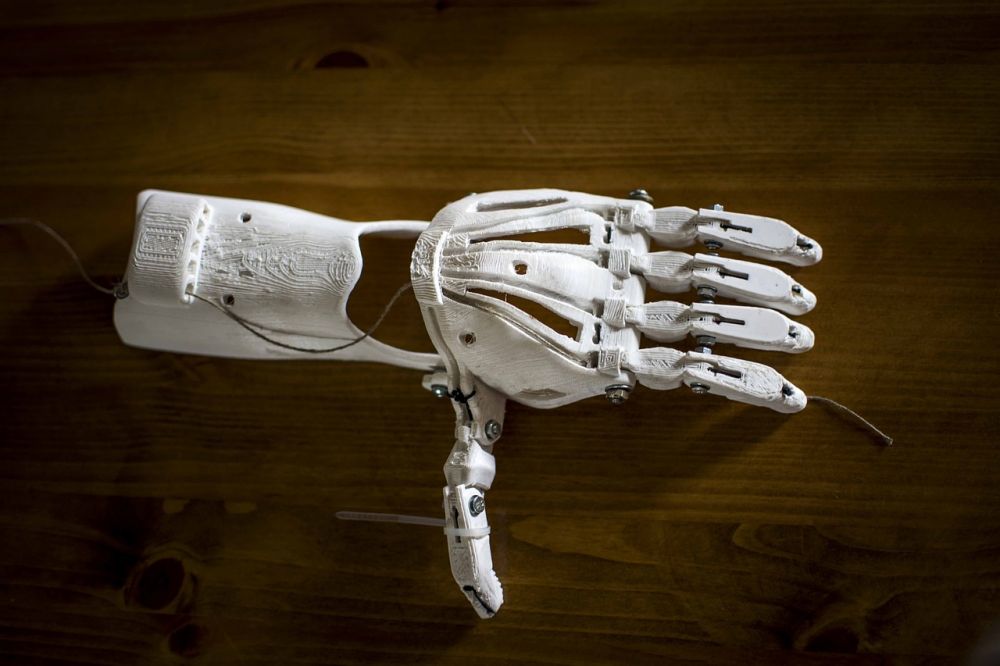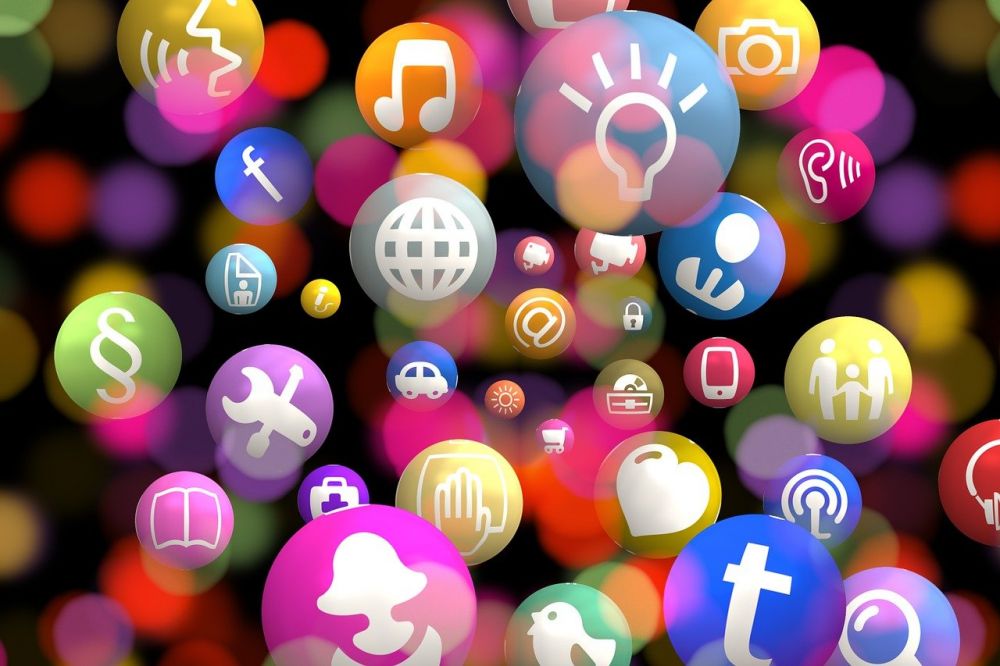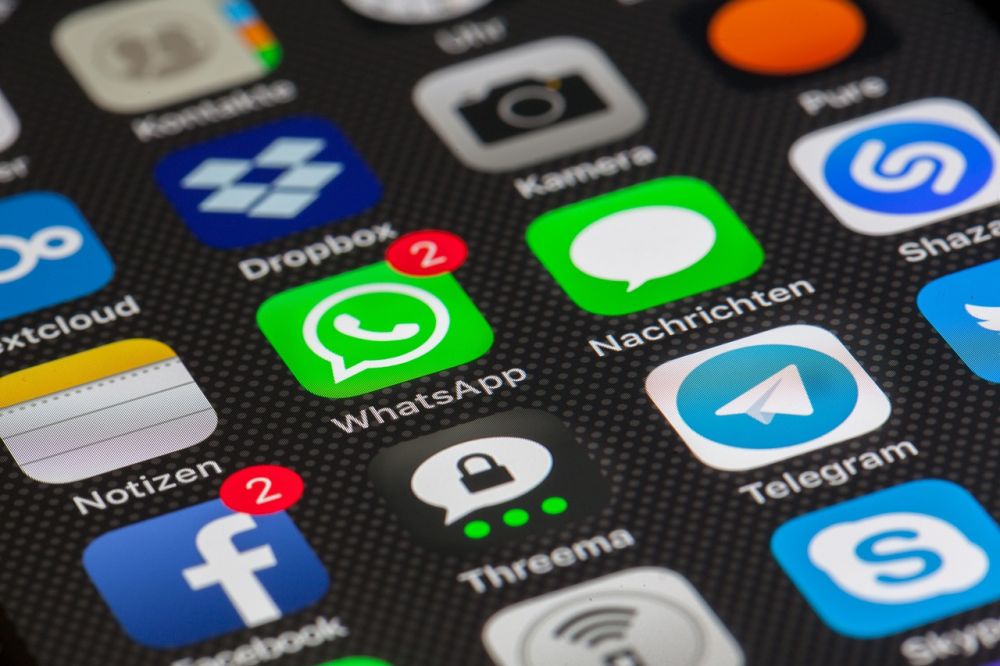Tinder App: Connecting Hearts in the Digital Age

Introduction:
In today’s fast-paced and tech-driven society, online dating has become increasingly popular. Among the plethora of dating apps available, Tinder stands as a frontrunner, revolutionizing the way people meet and connect. This article aims to provide a comprehensive understanding of Tinder and its significance for individuals interested in this subject. Let’s delve deep into the world of Tinder and explore its evolution and impact.
The Evolution of Tinder:

Tinder, developed by Sean Rad, Justin Mateen, Jonathan Badeen, Joe Munoz, Dinesh Moorjani, and Whitney Wolfe in 2012, began as an innovative dating app exclusively for college students. It quickly gained traction and expanded its user base globally. Today, Tinder boasts over 66 million active users worldwide.
Initially, Tinder focused solely on facilitating casual hookups, with its engaging swiping mechanism. Users were presented with profiles of potential matches, and a simple swipe left indicated disinterest, while a swipe right expressed interest. This gamified approach appealed to millennials and set the stage for a significant shift in the online dating landscape.
Key Features and Functionality:
To ensure a higher probability of being featured as a Google snippet, bulleted points outlining Tinder’s essential features are as follows:
1. Geolocation: Tinder utilizes GPS technology to find matches within a user’s vicinity. This feature promotes convenient connections and helps individuals meet like-minded individuals in their local communities.
2. Profile Creation: Users can create personalized profiles by including a bio, photos, and even linking their social media accounts. This approach allows for a more holistic understanding of potential matches, beyond mere appearances.
3. Swiping Mechanism: The iconic swiping mechanism allows users to swipe left or right on profiles, based on their attraction and compatibility. This engaging approach facilitates a streamlined selection process, optimizing matches based on mutual interests.
4. Super Likes: Tinder introduced the Super Like feature, enabling users to show particular interest in specific profiles. This innovative feature increases the likelihood of making meaningful connections by highlighting a user’s genuine interest.
5. Chatting: Once matches are made, users can communicate via Tinder’s chat feature. This allows individuals to get to know each other better, fostering deeper connections before deciding to meet in person.
Tinder’s Impact on Dating Culture:
Tinder’s rise to popularity has fundamentally transformed the dating landscape, sparking pertinent discussions on the societal impacts of such apps. It has catalyzed a paradigm shift in how people perceive and approach dating. Here are some significant points to consider:
1. Accessibility: Tinder’s user-friendly interface has spearheaded a new era of dating accessibility. It transcends geographical barriers, facilitating connections between individuals who may not have otherwise met. This inclusivity has expanded the range of potential partners for many people.
2. Changing Mindsets: With the prevalence of dating apps like Tinder, traditional courtship norms have seen an evolution. The emphasis on a person’s appearance and initial attraction can be seen as both a boon and a challenge, as it can foster shallow connections. However, it also creates opportunities for otherwise introverted individuals to meet people they may not have approached in person.
3. Casual vs. Long-Term Relationships: Tinder’s initial association with casual hookups has evolved over time. While many users continue to seek casual encounters, others have found meaningful, long-term relationships through the app. This highlights the diverse intentions and outcomes that Tinder facilitates.
4. Impact on Self-Esteem: The swipe culture of Tinder has raised concerns regarding its effect on individuals’ self-worth. The emphasis on physical appearance can lead to increased scrutiny and superficial judgments. However, it is important to recognize that Tinder’s impact on self-esteem varies across individuals, and many users have found a positive sense of self through the app.
Conclusion:
Tinder has undoubtedly made a profound impact on the digital dating sphere. Its innovative approach, user-friendly features, and global reach have revolutionized how people connect and sparked vibrant discussions on modern dating culture. Whether facilitating casual encounters or nurturing long-term relationships, Tinder continues to shape the way individuals seek love and companionship in the digital age. As technology continues to advance, Tinder remains at the forefront, connecting hearts across the globe.

















